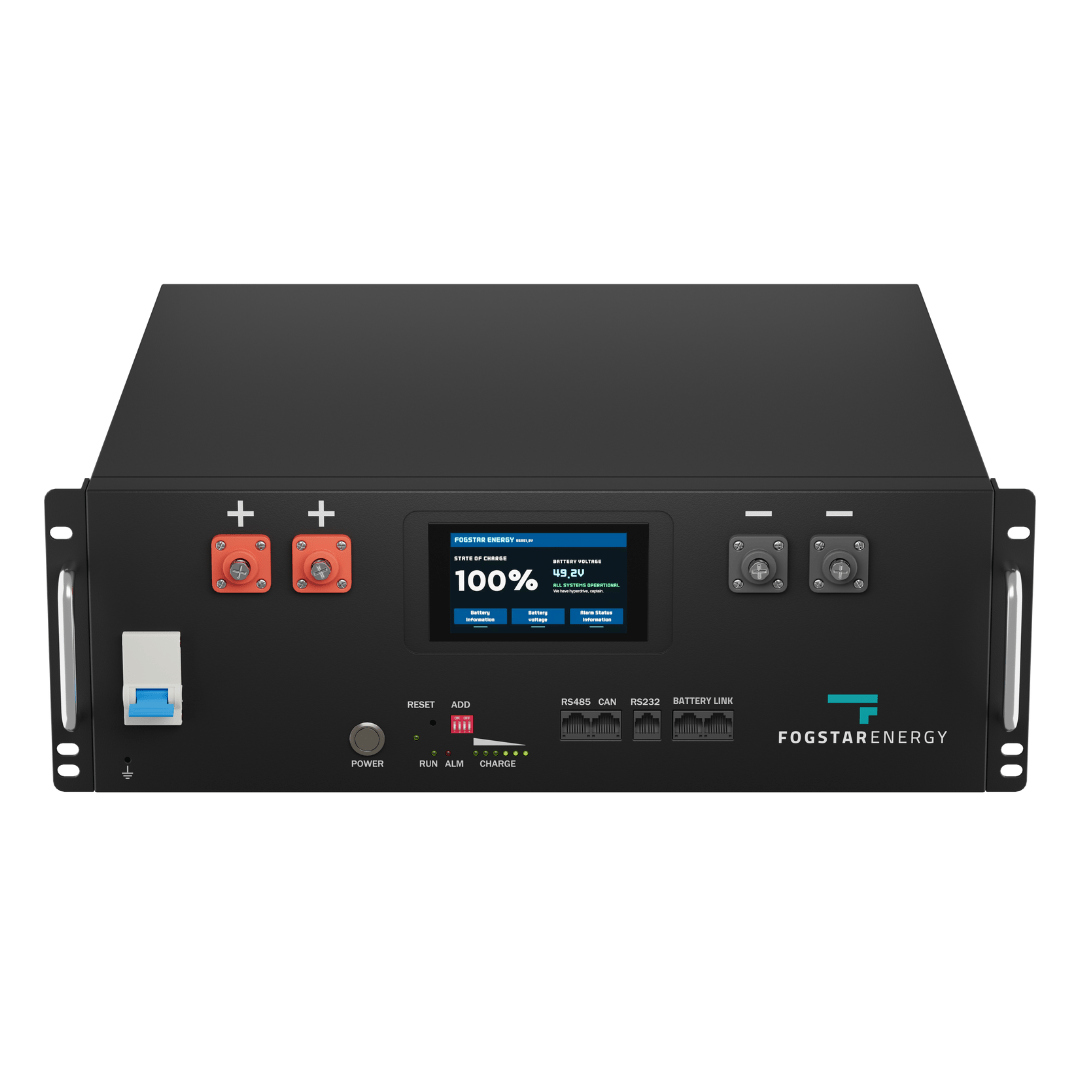kipper
New Member
Hey all, looking for peoples thoughts.
I've always been well into alternative energy, I commute to work on a diy solar / wind powered E-bike that has now passed 37,000 miles, the lawns are mowed via the workshop solar system as well as the garden lighting and outbuilding alarms.
Upon my bungalow roof are 3 x sanyo HIT (215W) and 7 x 185W panels that have until today been feeding into the house via a grid tie sunny boy 1200W inverter, we wont go into the morals of this, however today the old spinny wheel leccy meter has been deemed to be out of certificate and replaced with a smart meter rendering the PV panels useless (no MSC certificate).
So, I'm not going to let them go to waste, I'm looking for an alternative and more legitimate way of using the 1200W of power. Sadly I don't have an immersion heater, that would be the obvious choice, I do however from my days of being a marine engineer have a Victron 24V / 2000W sinewave inverter and an Outback Flex80 80A battery charger.
My thoughts are to sell the 1200W sunny boy inverter from the loft as well as the spare and buy a couple of 100Ah lead acid batteries (starting small), charging them and inverting to 240V would be pretty trivial, the biggest issues would be housing the batteries and keeping the inverter close to them (no the lead acid batteries will not be going into the loft!). I would use something like a Victron transfer switch to automatically switch back to mains power when the inverter drops out.
Now, the interesting bit, I want to get the most out of the stored power but obviously there is no way the 2Kw inverter would run the house so would need to install specific sockets. It would be strait forward to fit a DIN mount contactor in the fuse box to switch the lighting circuit between inverter and mains but as all the lights are LED its probably not worth the work as well as wanting to keep the solar inverter system as separate as possible.
I have an electronics workshop outside and an office inside that could run from 100% renewable as long as I stay below 2Kw, if not the transfer switch operates in about 16mS so PC and the like shouldn't notice the difference if the inverter drops out, in theory.
Another option might be to buy more lead acid batteries and fit a storage heater in the workshop.
What are peoples thoughts? anyone doing anything similar?
I've always been well into alternative energy, I commute to work on a diy solar / wind powered E-bike that has now passed 37,000 miles, the lawns are mowed via the workshop solar system as well as the garden lighting and outbuilding alarms.
Upon my bungalow roof are 3 x sanyo HIT (215W) and 7 x 185W panels that have until today been feeding into the house via a grid tie sunny boy 1200W inverter, we wont go into the morals of this, however today the old spinny wheel leccy meter has been deemed to be out of certificate and replaced with a smart meter rendering the PV panels useless (no MSC certificate).
So, I'm not going to let them go to waste, I'm looking for an alternative and more legitimate way of using the 1200W of power. Sadly I don't have an immersion heater, that would be the obvious choice, I do however from my days of being a marine engineer have a Victron 24V / 2000W sinewave inverter and an Outback Flex80 80A battery charger.
My thoughts are to sell the 1200W sunny boy inverter from the loft as well as the spare and buy a couple of 100Ah lead acid batteries (starting small), charging them and inverting to 240V would be pretty trivial, the biggest issues would be housing the batteries and keeping the inverter close to them (no the lead acid batteries will not be going into the loft!). I would use something like a Victron transfer switch to automatically switch back to mains power when the inverter drops out.
Now, the interesting bit, I want to get the most out of the stored power but obviously there is no way the 2Kw inverter would run the house so would need to install specific sockets. It would be strait forward to fit a DIN mount contactor in the fuse box to switch the lighting circuit between inverter and mains but as all the lights are LED its probably not worth the work as well as wanting to keep the solar inverter system as separate as possible.
I have an electronics workshop outside and an office inside that could run from 100% renewable as long as I stay below 2Kw, if not the transfer switch operates in about 16mS so PC and the like shouldn't notice the difference if the inverter drops out, in theory.
Another option might be to buy more lead acid batteries and fit a storage heater in the workshop.
What are peoples thoughts? anyone doing anything similar?
Last edited:




